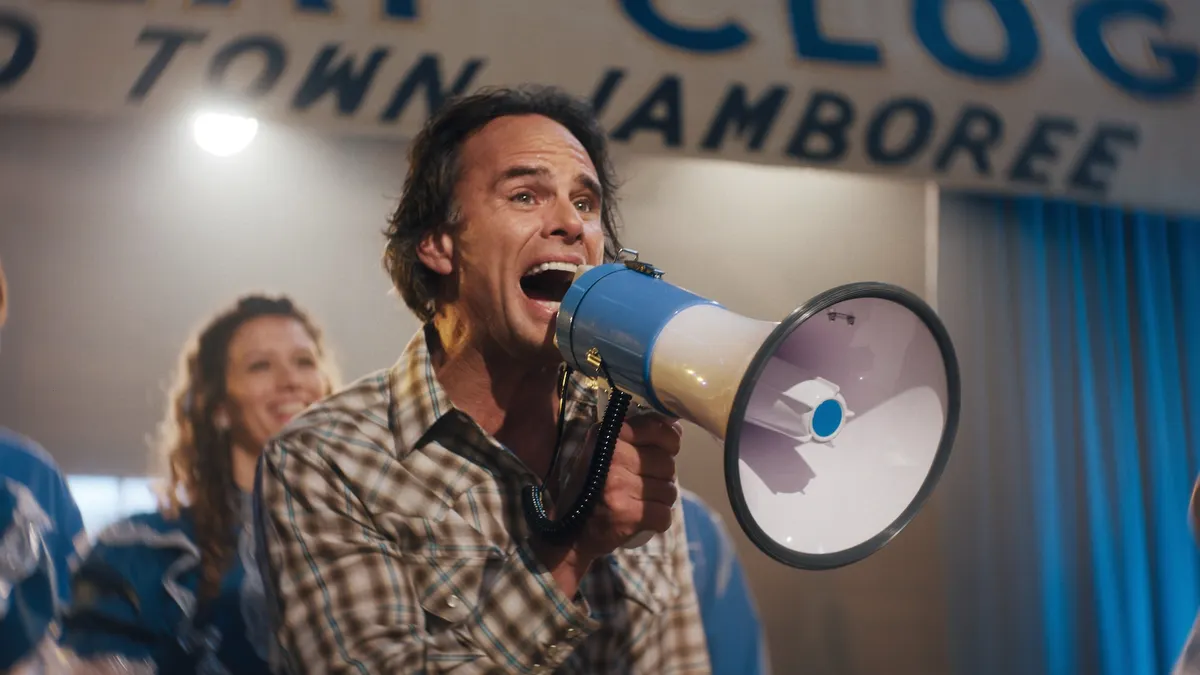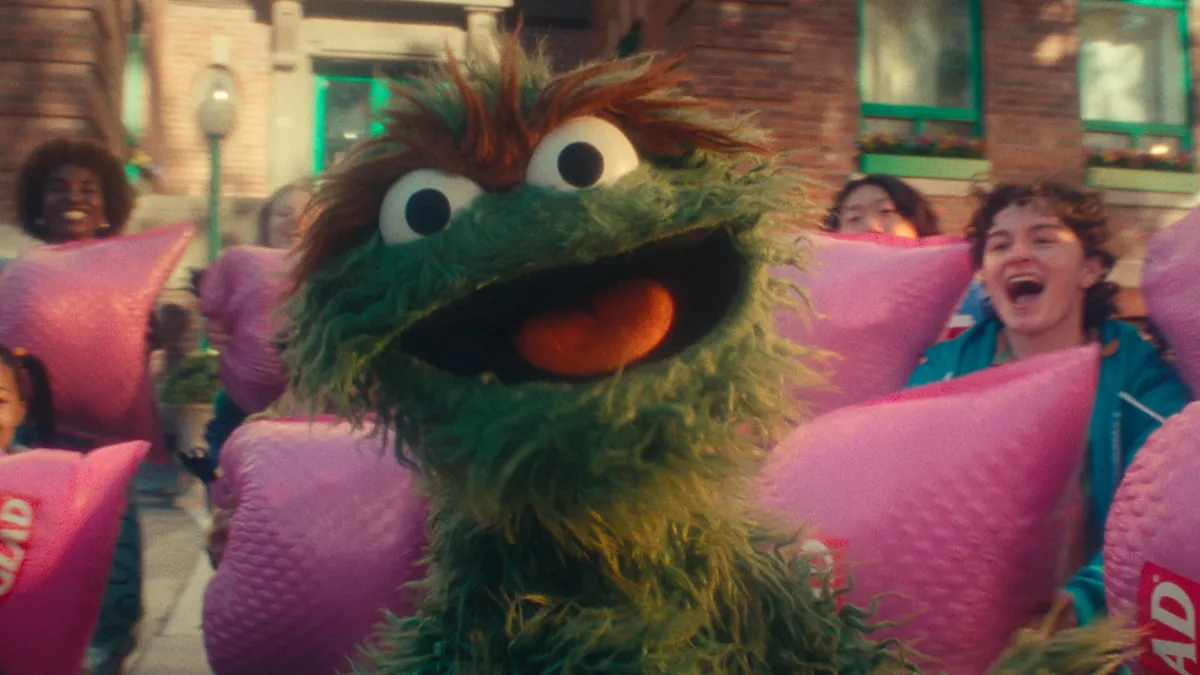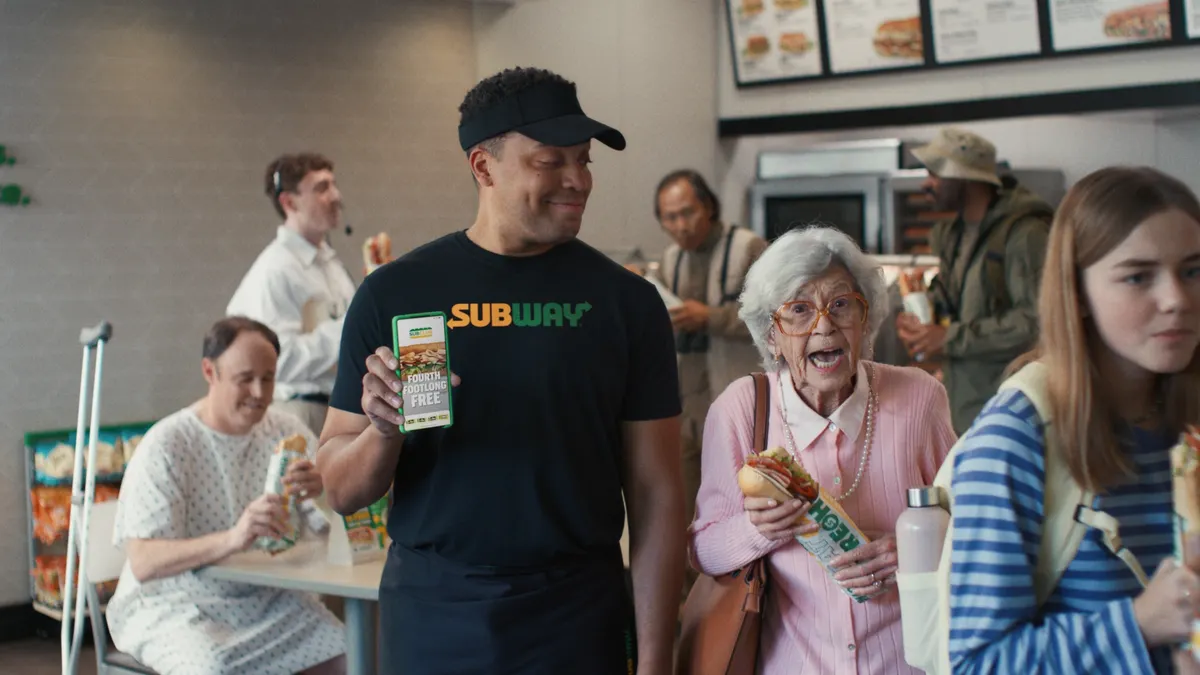During the first two days of the twelfth annual Advertising Week in New York, marketers were met with a question: “Are you there?”
This particular question may have been posed by a Google executive during a discussion on “micro-moments,” but it speaks to the big-picture themes that have been getting attention at the four-day conference. Much of the chatter at the conference has centered around mobile – specifically, marketing to mobile users in the moments that matter.
As Ad Week begins its third day, here’s a recap of the goings on during the opening half of the conference. We will be back by the end of the week with a recap of the last half of the conference.
Facebook’s 'bridge' to a mobile future
In an attempt to lure big brands to spend their TV dollars on Facebook, the social networking giant launched a series of new ad products this week, including a new ad-buying option – target rating point (TRP) buying – that is similar to Nielsen’s gross rating points that many traditional TV advertisers are used to. Carolyn Everson, VP of global marketing solutions at Facebook, described the new option as “building a bridge to the future.”
That bridge leads to a decidedly mobile future.
During a two-part session at Ad Week, Facebook Vice President Will Platt-Higgins called smartphones "the most amazing thing."
“[I]t’s probably in your hand right now, buzzing in your jacket or beckoning you in your bag,” Platt-Higgins said. He asked marketers to think about its vast capabilities, from email and music to banking and photography (and much, much more).
With 75% of U.S. consumers' mobile time taking place on just four apps (one of which is Facebook), Platt-Higgins urged brands and developers to “design for discovery.”
Everyone wants to engage and come in through different pathways, The Honest Company's CMO Chris Thorne said during the session, so the technology has to be intuitive to create personalized experiences. In challenging creatives to review their work on mobile, Thorne said that “mobile is not the next big thing, it is the big thing.”
During the second half of the session, Facebook COO Sheryl Sandberg emphasized the ability to personalize ads on mobile and through targeting on Facebook. "What people are starting to understand is that what we offer is really broad reach — we have a Super Bowl on mobile every day," she said.
A little late (less than stellar wifi), but here's a look @sherylsandberg's chat w @Tyrangiel at #AWXII: pic.twitter.com/IziXs9ZxRJ
— Natalia Angulo-Rico (@natisangulorico) September 29, 2015
Facebook now boasts 2.5 million advertisers, already up half a million from February. Between Facebook and Facebook-owned Instagram’s strong user bases – Facebook has 1.5 billion users, while Instagram recently said it has 400 million – they are an attractive platform for marketers wanting to go mobile.
Micro-moment marketing
“Advertising is all about reaching people when it matters,” Sridhar Ramaswamy, SVP of ads and commerce at Google, said during a conversation at Ad Week on Monday.
Highlighting Google’s attempt to target micro-moments, Ramaswamy encouraged marketers to think about user intent as the future of advertising, wherein ads can reach audiences during the moments that those brands are most relevant to them.
What is Customer Match? One of two new $GOOGL ad products zeroing in on micro-moments, intent. #AWXII (2/2) pic.twitter.com/aE6YeBacfb
— Natalia Angulo-Rico (@natisangulorico) September 28, 2015
Ramaswamy touted new Google products that will enable advertisers to think about micro-moments. With Customer Match, advertisers can upload email lists and match them against signed-in Google users across its platforms (Gmail, Search, YouTube).
Margo Georgiadis, Google president for the Americas, spoke on Tuesday about how consumer behavior is reshaping mobile moments and advertising, saying the concept of moment marketing is similar to a spotlight.
“When something is top of mind you start noticing it,” she said. “Our job as marketers is to be there when brands are most relevant to consumers in those micro-moments when they have a want or a need, [we need] to be the spotlight in the tent.”
Micro-moments, where marketers need to be. @google asks, "Are you there?" #AWXII (2/2) pic.twitter.com/HVVNLXa5ZO
— Natalia Angulo-Rico (@natisangulorico) September 29, 2015
During Ad Week, Dunkin’ Donuts is running a campaign that capitalizes both on a user’s need to get caffeinated, as well as search intent. Coffee drinkers who search for “coffee near me” in Google Maps or Search on their mobile phones will be greeted with ads that read “Find the fastest coffee.” Clicking on the ad auto-populates the user’s location and points them in the direction of the closest Dunkin’ Donuts.
Unlocking micro-moments speaks “to the importance of navigation," Starcom USA CEO Lisa Donahue said. "How do we make it easy for the consumer to interact with you?”
Donahue said the challenges for brands is to define the audience they want to target and figure out what moments they want to focus on.
“More and more now, when we have these micro-moments to connect with people, it’s about context, not channels,” said Netflix CMO Kelly Bennett. He added that consumers aren’t frustrated with advertising as a whole, but rather just badly targeted ads.
Data breeds creativity
Data and creativity are in a virtuous cycle where one fosters the other, according to the Starcom USA CEO. The idea that it is an either/or scenario is inaccurate, she said.
“Data won't lead us solely to the promised land, but it inspires creativity and creativity kicks up data,” Donahue said.
Netflix's CMO warns that not everything can be solved by data and technology, and that creativity is still crucial.
“Programmatic gets described as a way of marketing,” Bennett said. “I’m quick to remind people it's a great way to buy media but you still have to create really great content to fuel that.”
Bennett estimates that on the S curve of programmatic growth, “we're definitely on an acceleration.” He said Netflix is working right now to build out its programmatic capabilities in-house.
At a separate discussion on data-driven communications and native marketing at the Nasdaq on Monday, fragmentation was described as both the biggest obstacle to and the main argument for personalization. In light of the push to personalize, the journey to programmatic is not a clear cut one, the panelists there agreed.
Native content is not innately customizable, explained Marta Martinez, SVP Advertising for AOL, and that plays into the challenge of developing campaigns supported by programmatic technology.
“Targeting people and not devices, to me, that is the next main challenge,” she said.
The next revolution, she added, will be video-driven and enable personalized discovery in mobile search that will afford marketers “the ability to bring utility to consumers.”
In the same panel, Yahoo's VP of Publisher Services Yannis Dosios said native today is in the very early stages, and the next wave to watch is native advertising in combination with video.
He explained that, on average, people spend about two hours and 51 minutes on mobile devices per day, and media spend is starting to trickle over. The challenge, he said, is “creating campaigns actually suited for mobile” that only require a few steps to convert.
The ad blocking debate
At the crux of many Advertising Week debates was ad blocking.
Speaking at the IAB conference on Monday, Yahoo CEO Marissa Mayer said the solution to ad blocking lies in better ads. Echoing Yahoo’s Dosios, Mayer said better native ads have the potential to make ad blocking less attractive to consumers. Native advertising is central to Yahoo’s business strategy today.
In a separate content marketing panel hosted by Bloomberg, Deutsch NY’s Chief Channel Planning and Investment Officer Anush Prabhu said it best: “Consumers are paying with their time.”
If you want to stream a show, you have to watch some ads, the thinking goes. But Prabhu believes consumers stand to benefit if the industry makes changes in response to the rise of ad blocking tech.
Christine Fruechte, CEO at Colle + McVoy, agreed with Prabhu. She was quick to add that ads are not going away, but she conceded that “good advertising isn’t traditional advertising.”
“The onus is on [advertisers] to create great, unique content that adds value for consumers,” Fruechte said.




















